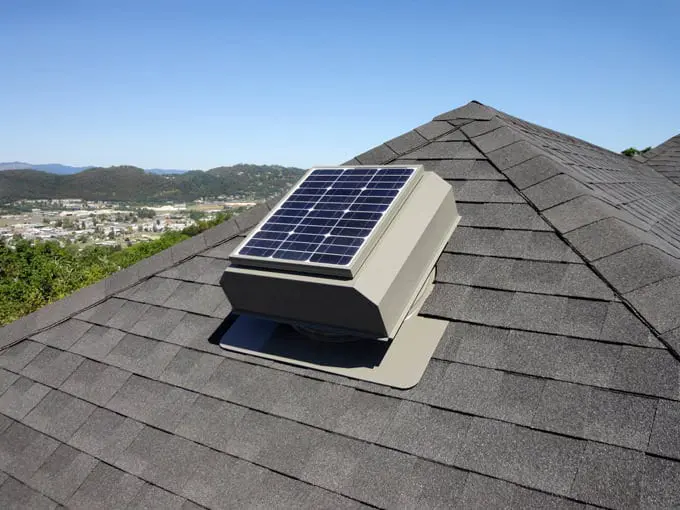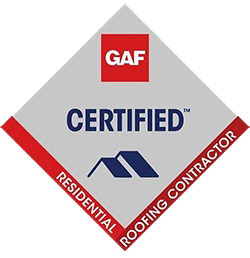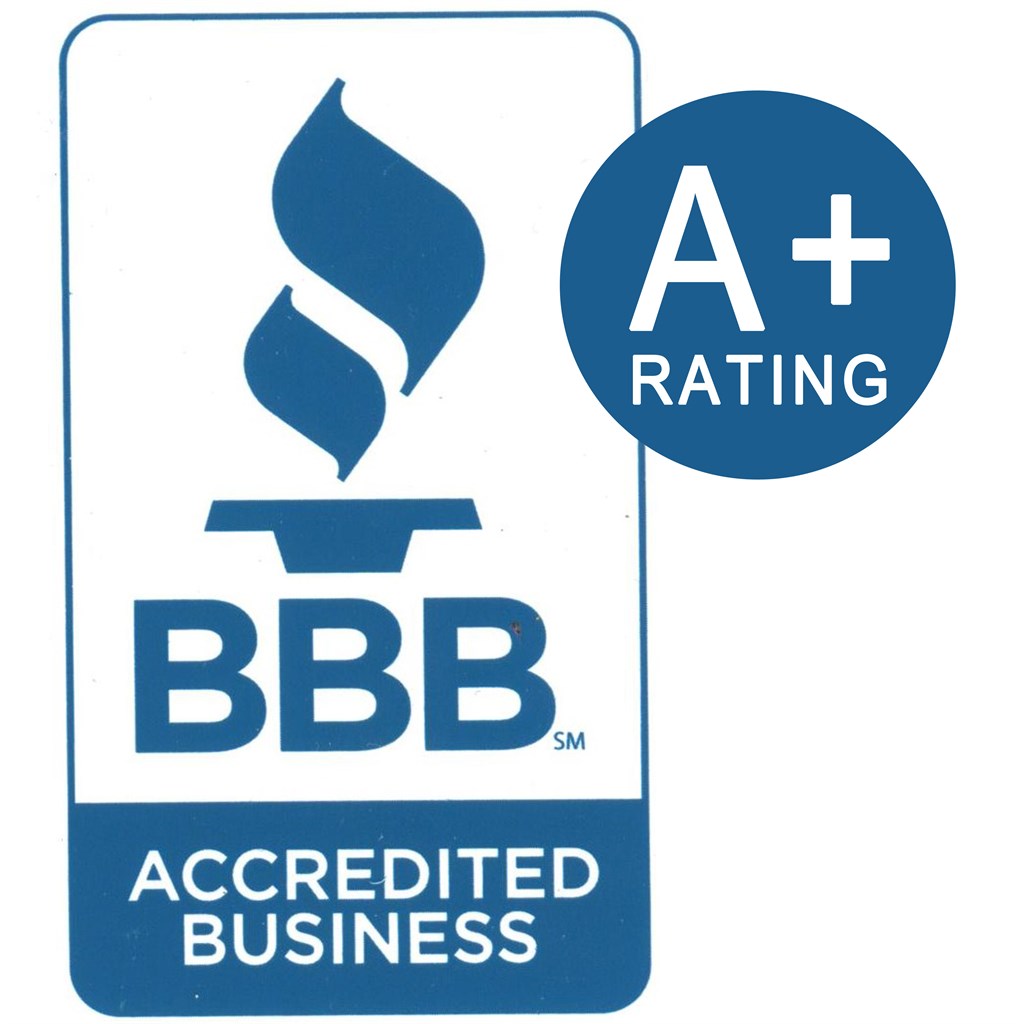ROOF VENTS
Your roofing system needs balanced attic ventilation to perform at its best.
When you’re replacing your roof, ask your contractor about ventilation options for your roof and attic. They should offer several ventilation products for you to consider, ensuring you have a balanced system of intake and exhaust vents.
Be prepared to discuss ventilation options with your contractor by understanding the different types of roof vents necessary to create a balanced attic ventilation system.
Learn more about attic ventilation and why it’s important for your roof and home.
Roofing and Attic Ventilation Products
There are several types of roof and attic ventilation products available for your home. You’ll often see them referred to as:
- Roof vents
- Attic fans
- Gable vents
- Louvers
Attic and roof ventilation products are categorized as either:
- Intake ventilation
- Exhaust ventilation, or
- Both intake and exhaust
Why do I need intake and exhaust vents for my attic?
Every attic ventilation system should have a combination of properly placed intake and exhaust vents.
Roof vents and attic fans work year-round to:
- Remove warm, moist air
- Reduce condensation
- Keep your attic drier
- Allow pressurized heated air to escape so it doesn’t force its way into conditioned spaces
The key to ideal ventilation is having the correct amount of both types. Having only one or an uneven amount of one type of venting can lead to pressurization problems.
Wind or Roof Turbines
Wind or roof turbines have blades or vanes built in. The wind turns these blades, creating a spinning vacuum that helps draw out hot, moist attic air.
Attic Fans
Attic fans are typically located on a wall inside the attic. Their job is to pull air from the attic and vent it to the outside. Attic fans can move large amounts of hot or humid air from an attic, which can help keep your heating and cooling costs in check. Homeowners can gain more control over ventilation by turning attic fans on and off as needed.
Powered Roof Vents
Powered roof vents work on the same principle as attic fans; however, they’re located on the roof.
Although a more expensive option, powered roof vents can be configured to run off electrical or solar power. The added mechanical force behind these roof vents can significantly increase air circulation, potentially saving you money in the long run.
Pro Tip: Powered fans pull a lot of air, so it’s critical to have adequate intake ventilation to provide enough outside air to balance airflow; otherwise, these powered vents can create a vacuum in your attic that pulls conditioned air out of your house.



















